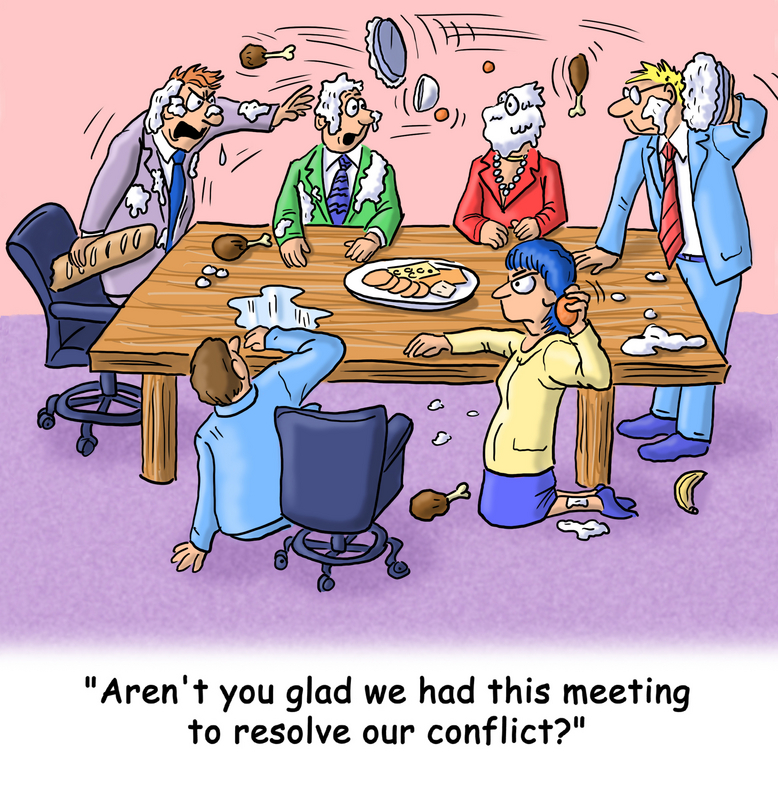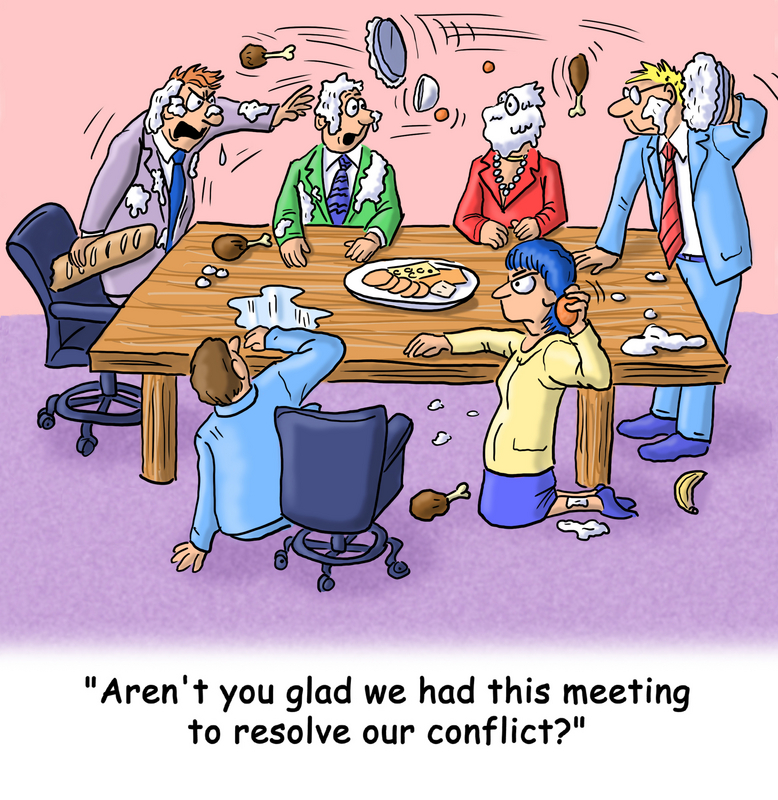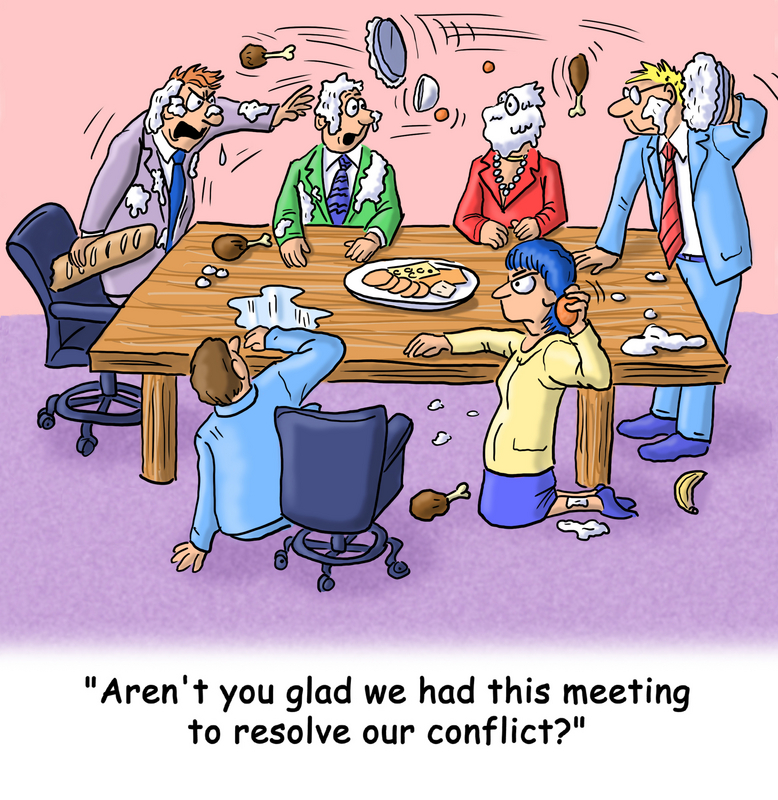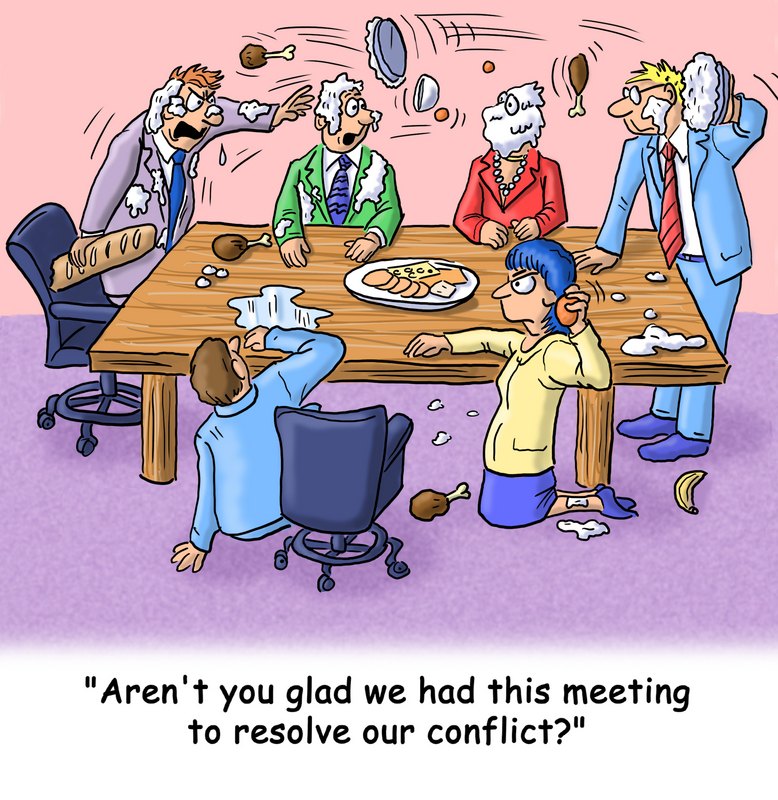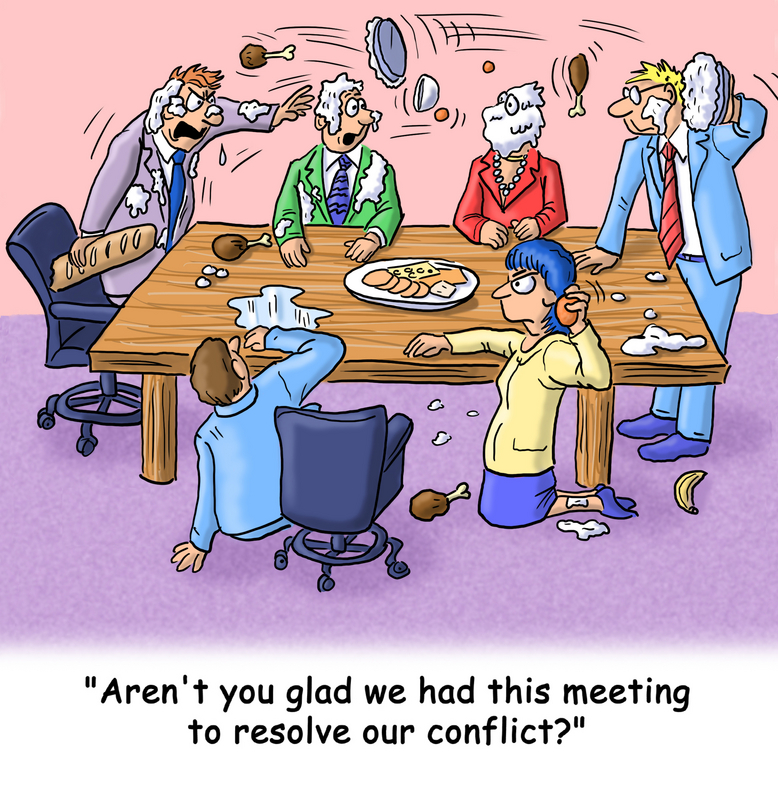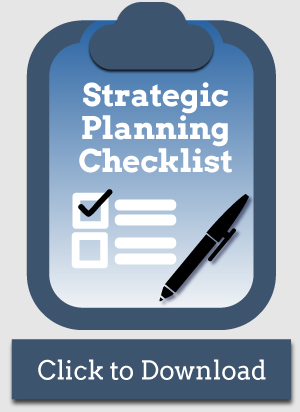Have you ever been in meeting where time has been wasted? Do most organizations find that they are having more meetings each year? Can businesses afford to waste time when there are more things that need to get done in a day that can be accomplished? Do the leaders of most meetings feel like they waste time (probably not)?
Have you ever wondered just how much time is actually wasted in meetings? Studies have been conducted that indicated on the average 75% of the time is wasted! Running an effective meeting is NOT a natural process. If it was natural then there would not be as much time wasted in meetings. It could be a valuable exercise to calculate just how much time might be wasted in your organization with ineffective meetings. You can estimate just how many meetings are held in a year, how long they last and the number of hours spent in them. From this you can make an approximation of the cost. Can you afford possibly wasting 85% of this amount? If not, changes you can make are identified below?
I will offer two options. The best option is to hire a seasoned professional and let them train you on how to run effective meetings. The potential savings you calculated will likely exceed the expenditures required for the professional. The second option is that you could learn how to improve your meeting processes by reading a series of Blog articles I will be writing. I will be offering a variety of tools, techniques and methodologies that will help when used. Most of these will not be “rocket science” but can be very helpful. It will not be the same as professional training but it will be a very cost effective opportunity for improvement. These articles will be published weekly.
Can you afford not to reduce the cost of ineffective meetings?




